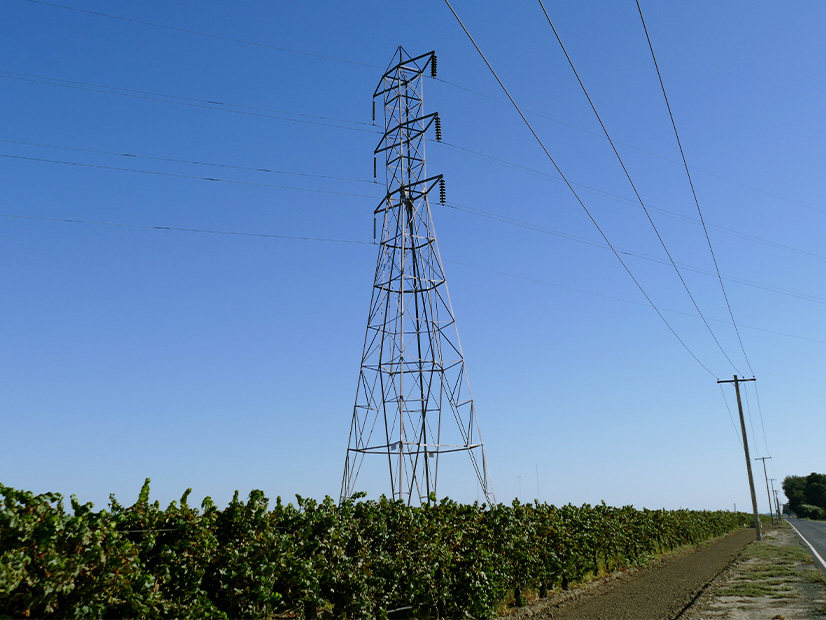CAISO began a stakeholder process Monday to explore the benefits of greater regional cooperation and a Western RTO, as California lawmakers had requested in Assembly Concurrent Resolution 188, passed in August.
ACR 188 asked CAISO to report to the legislature by February on recent studies of the “impacts of expanded regional cooperation on California” and to identify “key issues that will most effectively advance the state’s energy and environmental goals, including any available studies that reflect the impact of regionalization on transmission costs and reliability for California ratepayers.” (See California Legislature Asks CAISO to Report on Regionalization.)
Despite its limited goals, many saw the resolution as potentially restarting discussion of a Western RTO involving CAISO. Several prior attempts from 2016-18 failed because lawmakers were unwilling to expand CAISO’s one-state governance to other states.
Monday’s meeting was a brief introductory session that laid out CAISO’s plans to produce the report in the next four months in partnership with the National Renewable Energy Laboratory (NREL), which it commissioned to author the study. NREL is expected to draft the report by November, followed by stakeholder comments and calls in December.
Monday’s meeting materials cited 30 relevant studies since 2011 as a starting point. They included a study conducted by CAISO in 2016 under Senate Bill 350, which found that a “multi-state regional electric market and grid overseen by the ISO would provide significant environmental and economic benefits to California and the West,” the ISO said.
Another study published last year found an RTO covering the entire U.S. portion of the Western Interconnection could save the region $2 billion in annual electricity costs by 2030 and cut carbon dioxide emissions by 191 million metric tons. A group of Western states led the study, financed by the U.S. Department of Energy. (See Study Shows RTO Could Save West $2B Yearly by 2030.)
A subsequent study released in July by Advanced Energy Economy looked at regional economic effects. It concluded an 11-state Western RTO could generate roughly $19 billion to $79 billion in additional gross regional product by 2030 and could help create 159,000 to 657,000 permanent jobs. (See Study Tallies Economy-wide Benefits of Western RTO.)
CAISO and NREL asked participants Monday to send comments listing additional studies they should consider and those they should not consider, both with supporting comments.

